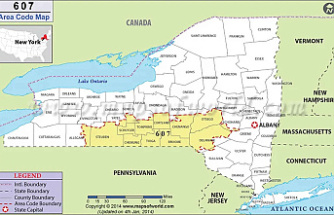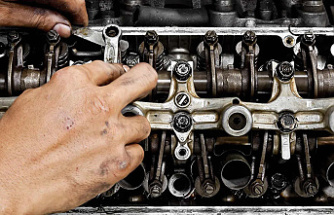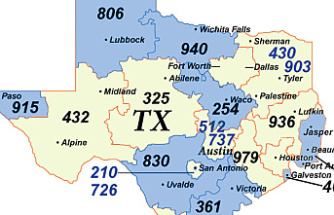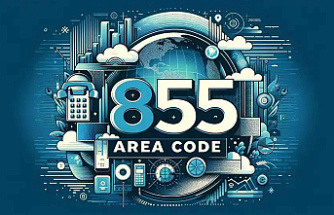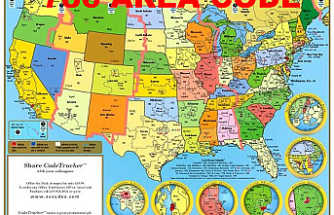SALT LAKE CITY -- Republican legislators in many states are limiting access to government business. They have extended pandemic-era rules that limit when journalists can report from state legislative chambers. This makes it easier for the press to avoid the legislature.
New rules in Iowa last week and in Utah this Week severely limit journalists' access to legislators. This has sparked a furious response from media advocates and media organizations.
Lauren Gustus (executive editor of The Salt Lake Tribune), stated that it was crucial to hold those in power accountable. She testified against such rules at a hearing for Utah lawmakers last week.
These rule changes restrict the time journalists can be on the legislative floor where lawmakers sit. This makes it easier for elected officials not to interact with the media, even when they are discussing high-profile topics such as taxation and abortion.
The rules governing the work of journalists vary among the 50 states. The majority allow credentialed journalists to view the chamber floors. Some allow them to ask questions prior to or after the proceedings. Others require reporters to remain in press boxes or alcoves, away from legislators.
Legislators in states are moving to modify their procedures. They argue that formal rules reduce security concerns and keep bad actors away from disrupting government. The proposed rules, according to press advocates, make it harder for journalists to ask questions. They also hinder reporters' ability keep track of fast-paced statehouse actions.
In Iowa this year, Republican leaders did not issue credentials to journalists for the press benches of the state Senate floor. The policy change was made to address "confusion" caused by changing media, which now includes blogs and newsletters that identify as journalists.
Utah now requires reporters to request permission to interview senators on the Senate floor and in adjacent hallways. Reporters must now work in the Iowa Senate from a gallery above the chambers, though they are still allowed to work on the floor of the House of Representatives.
Camera crews will need to request permission to film in certain areas of committee rooms under the new rules that were passed by Utah's Senate.
Utah legislators said that transparency was a priority during a hearing last week on the rule. They also stated that they hold daily press conferences and stream proceedings online. They stated that putting a clear rule in place would allow both the lawmakers and the media to know what is allowed.
"The barriers to civility and discourse that have been respect in this country and in Utah for years and decades are changing quickly," stated Utah GOP Senator Todd Weiler. He added that "if they are pushing barriers, it's nice to have rules in place."
Kansas's new state Senate rules have relegated newspaper reporters to the gallery. This has made it easier to avoid reporters following sessions. Journalists are permitted to report from the floor in exceptional situations, such as when the gallery is full of members of the public.
In an editorial published in the Kansas Reflector, Steve Morris, a former Kansas lawmaker, wrote that "Placing restrictions against journalists in the Senate Chamber suggests there are something to hide or that leadership is taking unwarranted retaliation împotriv reporters."
Morris, who was the Kansas Senate's Republican leader from 2005 to 2013, stated that he as both a politician and as a consumer of news saw the advantages of journalists being able to report directly from the floor. He said that when discussions attract a lot of public interest, people want to see how their legislators react. This can sometimes mean body language such as eye rolls or enthusiastic gestures.
In an interview with The Associated Press, he stated that reporters are "our avenue to see the truth."
He said, "Especially when it's something controversial." "The session adjourns, and members quickly skedaddle away from there so it's difficult for journalists to get at them, unlike when reporters are on the floor where they can instantly get to them."
These new limits are being implemented in an environment where media freedom is under increasing attack. These new limits also come at a time when states and cities ease coronavirus restrictions, which have restored restaurants, sporting events, and offices to their pre-pandemic capacities.
Parker Higgins is the Freedom of The Press Foundation's advocacy director. He said that transparency and access were increasing during the pandemic. For example, courtrooms let members of the public hear and view trials from a distance.
He spoke with reporters in Iowa and Kansas, saying that "most people believe it is possible to do their jobs without having floor access." However, the public gallery is not able to help you do your job efficiently and quickly.


